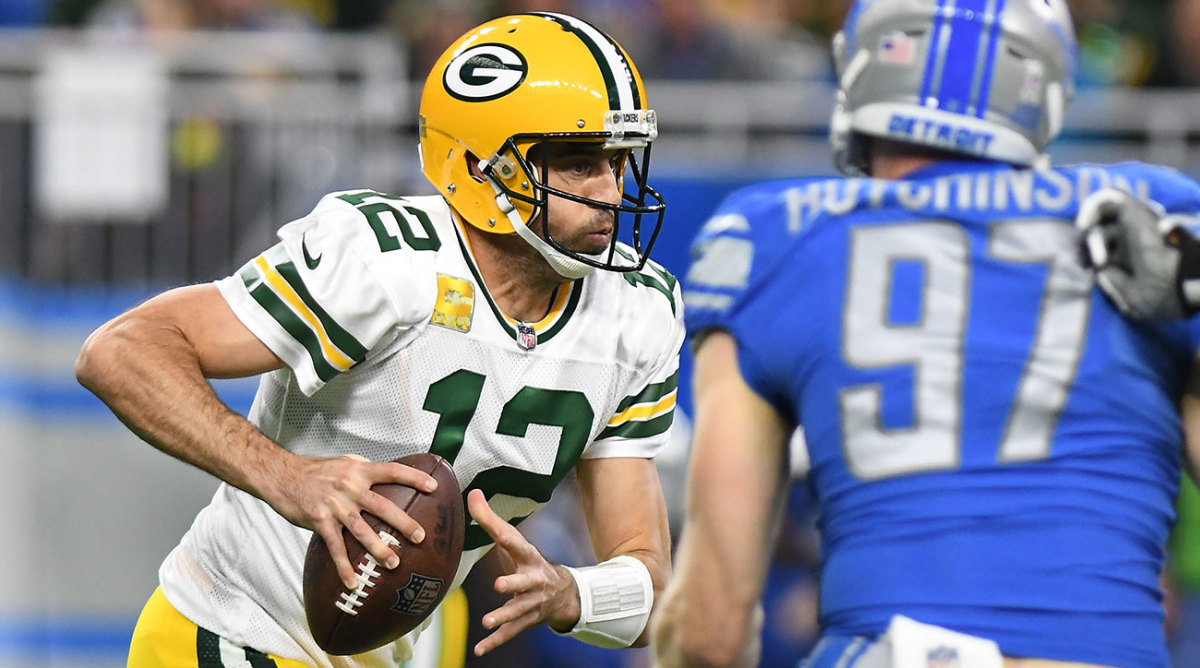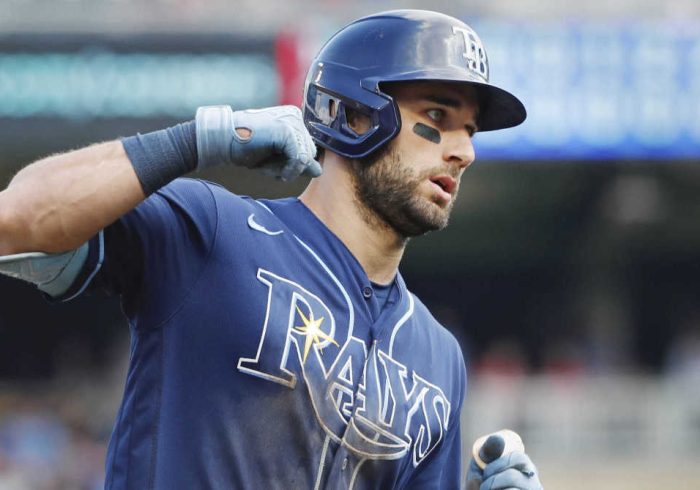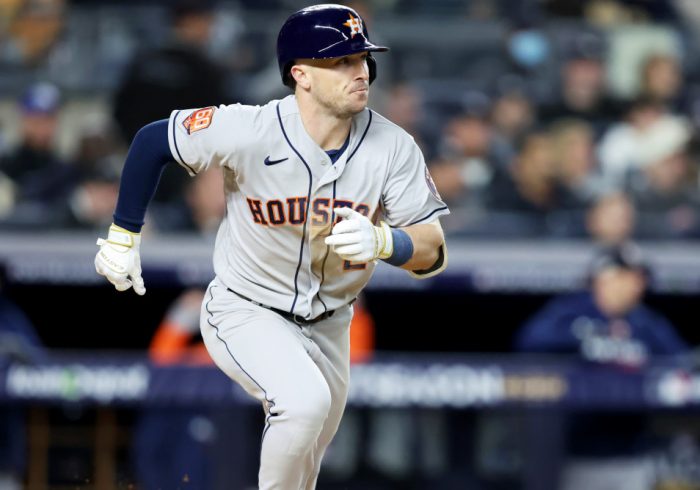It is unfair to say that Aaron Rodgers is panicking because we don’t live inside Rodgers’s head (and a regular mindfulness practice, as he so often advocates for, certainly has its advantages).
It is similarly unfair to say Rodgers’s career is decaying because we don’t live inside Packers coach Matt LaFleur’s headset, where we could possibly be privy to the kind of cross-talk that would reflect either an older player with diminishing skills or a roster that simply cannot offer him any assistance anymore. Perceived underthrows may be just that. Rodgers whipping his balled fists in frustration could be self-flagellation or a quiet indication that someone, somewhere was not standing where they were supposed to be. There were about a half dozen throws in Sunday’s 15–9 loss to the Lions that could have changed the course of the game which, had they landed a centimeter in another direction, would have resulted in a comfortable, two-touchdown win.
What we can say with some degree of confidence is the Packers know something is irreversibly damaged and are behaving as such. Rodgers. LaFleur. Everybody. They flipped their offensive coordinator into the booth in the middle of the game. Rodgers, whom we know is playing through a thumb injury, has essentially pivoted into safety mode, throwing only at the receivers he can trust (a list that has essentially narrowed down to Marcedes Lewis, Allen Lazard and, in one ill-fated decision, left tackle David Bakhtiari). They were frantically calling timeouts before halftime in order to get the ball back with fewer than 40 seconds remaining, just to try to possess the ball once more and exhibit a spark. They are constantly forcing the idea of an AJ Dillon breakout game down our throats so aggressively that one would think it was another Ghostbusters reboot. These are not normal, everything-is-fine decisions. The most optimistic Packers observers among us were waiting for the moment when their urgencies met our wavering doubts.
This is a change of tune from someone who, two weeks ago, dismissed this possibility entirely. The midseason point is a period of self-scouting for everyone. I consider myself someone who didn’t properly recognize just how badly this Packers team was flailing. That obviously changed Sunday, when the team looked completely disjointed offensively—like an exhausted tennis player trying to win a point against a brick wall—against one of the worst pass defenses in the NFL.
It was certainly a convenient day to blame this all on the loss of Davante Adams, who finished a Raiders loss to the Jaguars with 10 catches for 146 yards and two touchdowns. Adams and Rodgers shared a link between their brains. The five-time Pro Bowler always tended to be exactly where Rodgers wanted him to be, even if that place was not outlined in the original play design. He helped generate first downs at a maddening rate. It’s fair to say that if Adams was in Green Bay, like the Packers hoped he would be, Rodgers wouldn’t have hurled three interceptions on Sunday. He wouldn’t have needed to resort to throwing at Bakhtiari in the first place. He wouldn’t have needed to involve Sammy Watkins in the progression, which twice resulted in miscommunications amid critical situations. The entire game would have felt less intoxicating altogether.
However, the situation in Green Bay, where the 3–6 Packers have lost five straight games for the first time since 2008, is more complicated than the loss of one player. We are seeing what happens when one issue spiderwebs out like a small crack in a windshield. Looking back at the recent history of the offense LaFleur has come up running, any of its most prominent scholars will tell you that, in the absence of an Adams, or an in-prime Julio Jones, or a Deebo Samuel, there need to be very specific component parts installed to make up for the loss of a player who can win with speed, route running and physicality.
If the Packers tried and failed to do that via the 2022 draft (Green Bay selected three receivers: Christian Watson, Romeo Doubs and Samori Toure), this is an issue along the personnel pipeline, from quarterback to coaching to management.
If the Packers did find those types of players in the last two drafts, but are still unable to get them to perform on the field, there is an issue along the quarterback-coaching pipeline, which we’ve seen similarly plague teams like the Rams, who have also flatlined offensively when it came time for their non-superhuman players to perform.
If there is a problem in either of these pipelines, there is a problem everywhere. Something built in the way the Packers were built during their troika of 13-win seasons the last three years cannot simply be shuffled like some random playoff team along the Patriots’ 20-year stretch of greatness.
Slotting Lazard into the every-down playmaker role takes him away from what he did best in the offense while Adams was there. Removing Lazard from his previous role impacts the running game and the offensive line and every inch of the operation on down. And that’s just one subsection of this offensive structure, which is starting to get deconstructed like a house of cards.
The difference now is that Green Bay has to start saying it out loud. There is no more room to say R-E-L-A-X outwardly, while privately the franchise tries to pick off half the best pass catchers available at the deadline. This is officially a free fall.
More NFL Coverage:
• Commanders Possible Sale: Price Tag and Potential Buyers
• Trade Deadline Grades for Every Deal
• Inside the Christian McCaffrey Trade and His Historic Day Against the Rams
• NFL Trade Deadline Winners and Losers



